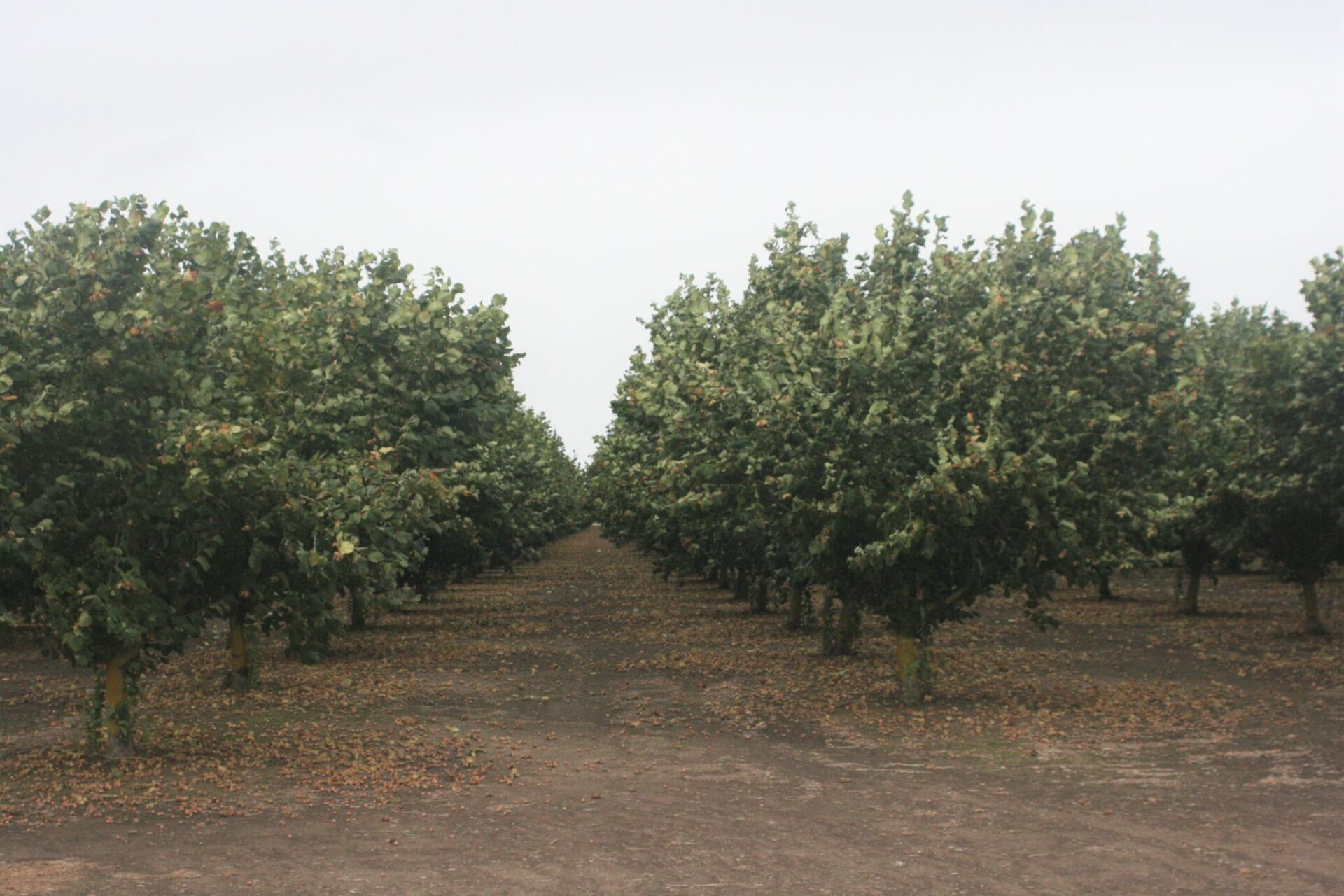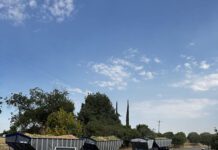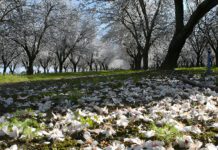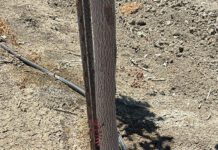
The humming of sweepers through the orchards across the Willamette Valley is slowing to a whisper. Hazelnut harvest has neared its end; estimated to be the largest in history, the 2020 harvest was defined by both challenges and opportunities, and in the minds of hazelnut farmers, marked the beginning of a new era. Their weeks, months and years of dedication are expected to yield upwards of 65,000 to 70,000 tons, a total that would shatter the previous record of 52,000 tons.
Before too much celebrating can begin, more work has to be done to ensure 2021 is even more successful than 2020. Post-harvest maintenance may not be as glamorous or rewarding as harvest prep, but it is integral in bolstering the longevity of equipment and the quality of soil and trees.
Make Pruning a Priority
Pruning is a never-ending job in a hazelnut orchard. Healthy, enduring trees receive fastidious maintenance throughout their entire lives. Pruning after harvest can help jump start progress, as it may take until spring to complete the job. There is also the added benefit of growers and employees having just spent weeks traversing the orchard and seeing every angle of the trees. This in-depth knowledge helps better identify problematic branches, and tough spots become easier to see.
Many experienced growers recommend mechanized hedging and skirting during this timeframe.
Plant and Remove Trees
Post-harvest is also the optimum window to plant new trees, whether it is an entire orchard or spot-replacing blighted trees. Trees that have been decimated by blight or other diseases should be removed in late autumn and replaced with young trees from an approved nursery.
Replenish Key Nutrients
Replenishing essential nutrients is vital shortly after harvest. The energy required by trees to get them through harvest is immense, and nourishing the soil is a must. Lime will help balance the soil pH and make soil nutrients more readily available for the trees; spreading lime right before the rainy season is best as the rain helps breakdown lime and incorporate it into the soil.
Potassium plays essential roles in nearly every facet of hazelnut tree health; deficiency will likely lead to yield and longevity issues. Several options are available for potassium application, and it is recommended to work with local extension agents or agronomists before beginning any fertilizer application regimen.
Grind Brush and Leaves
The more organic material that can be put back into the soil, the better. After a robust harvest, there is likely plenty of detritus on orchard floors. These shells, husks, leaves and branches should all be ground up and left to decompose back into the soil, thus bolstering the soil health for future harvests.
Copper for Bacterial Blight
Consulting with an agronomist will also help inform whether to apply copper to combat bacterial blight. Bacterial blight has not become an industry-wide problem, but can be very damaging in the areas it has affected. All young orchards should receive an autumn application of copper prior to the heavy rainy season.
Minimize Filbert Worm Damage
A practice growing in popularity is post-harvest flailing to combat filbert worm. By flailing and turning over more leaves on the orchard floor, filbert worm pupae are exposed and susceptible to predators. Chiefly among these predators are birds who will flock to the orchard and feast on the worms without doing damage to the trees.
Service Equipment
From pruning saws all the way up to spraying equipment, there is no time to delay when getting tools and equipment serviced. For example, as Christmas tree growers approach their peak season, competing for attention at a blade sharpening shop becomes tougher; getting in the door ahead of the rush could be the difference in days or weeks of productivity lost.
Similarly, the wait time for repairs on large equipment like tank sprayers or tractors can be weeks, if not months. Knowing this timeline and being proactive will limit downtime and delays. There is never a problem with calling ahead for lead times and estimation.
It is a steadfast rule in farming to not put to tomorrow what you can get done today. When cleaning harvest tools, pressure wash all dirt and grease. Take special care not to wash any electrical components or seals.
This list is lengthy but necessary: sprockets, idlers, tensioners, rollers, belts, chains, bearings, tine fingers, hoses, fasteners, fan blades and drive lines. Additionally, any rubber belting should be inspected for tears or brittleness that will indicate more severe damage is ahead. Wheel bolt torque should be checked as well as the tightness of hose clamps on the radiator and air filter.
The basics should never be overlooked, too; lubricate all bearings and joints, change the engine oil, clean or replace air filters, replace fuel filters, refill coolant, inflate tires and replace hydraulic oil and filters.
Tend to the Tedious Tasks
They may not be the most glamorous jobs on the farm, but the period between harvest and the end of the year is a great time to complete those tedious little tasks every farm needs done. Cleaning and arranging tools, organizing paperwork or building maintenance may not feel as exhilarating as a bountiful harvest, but they are crucial pieces to the puzzle for farm longevity.
Once late January and February arrive, orchard maintenance begins ramping up, and finding time for these checklist tasks becomes increasingly difficult.















